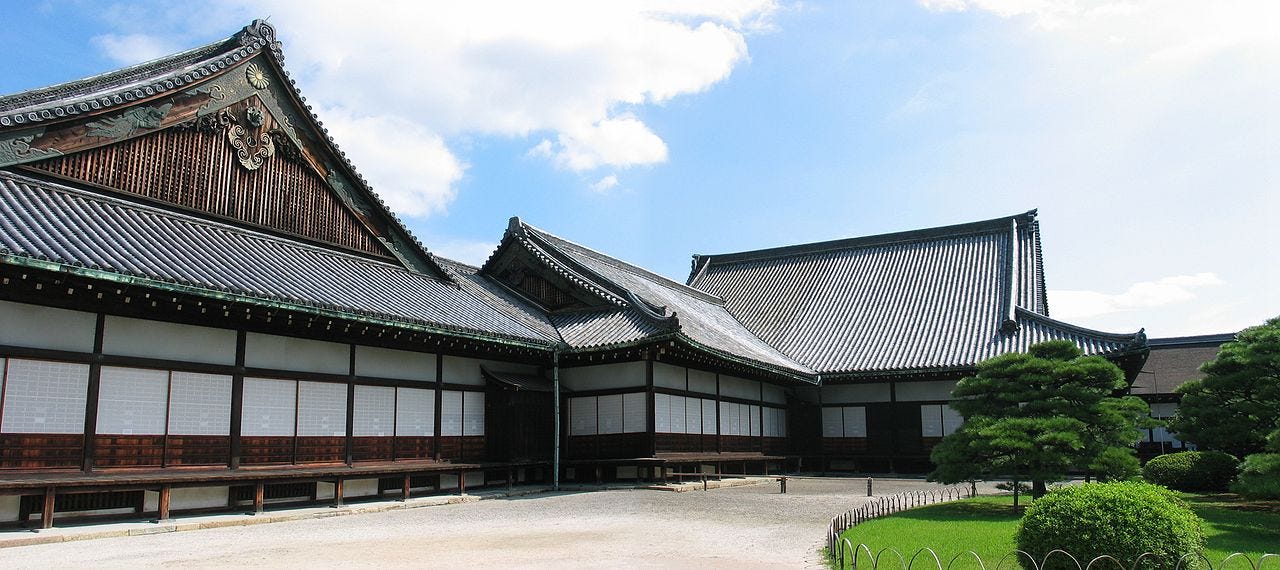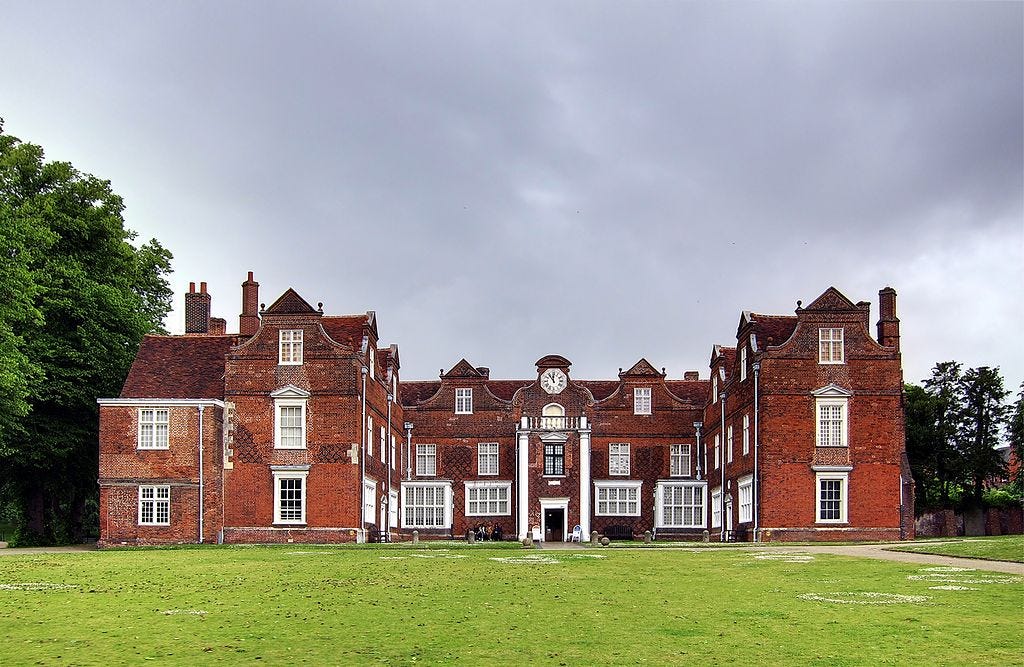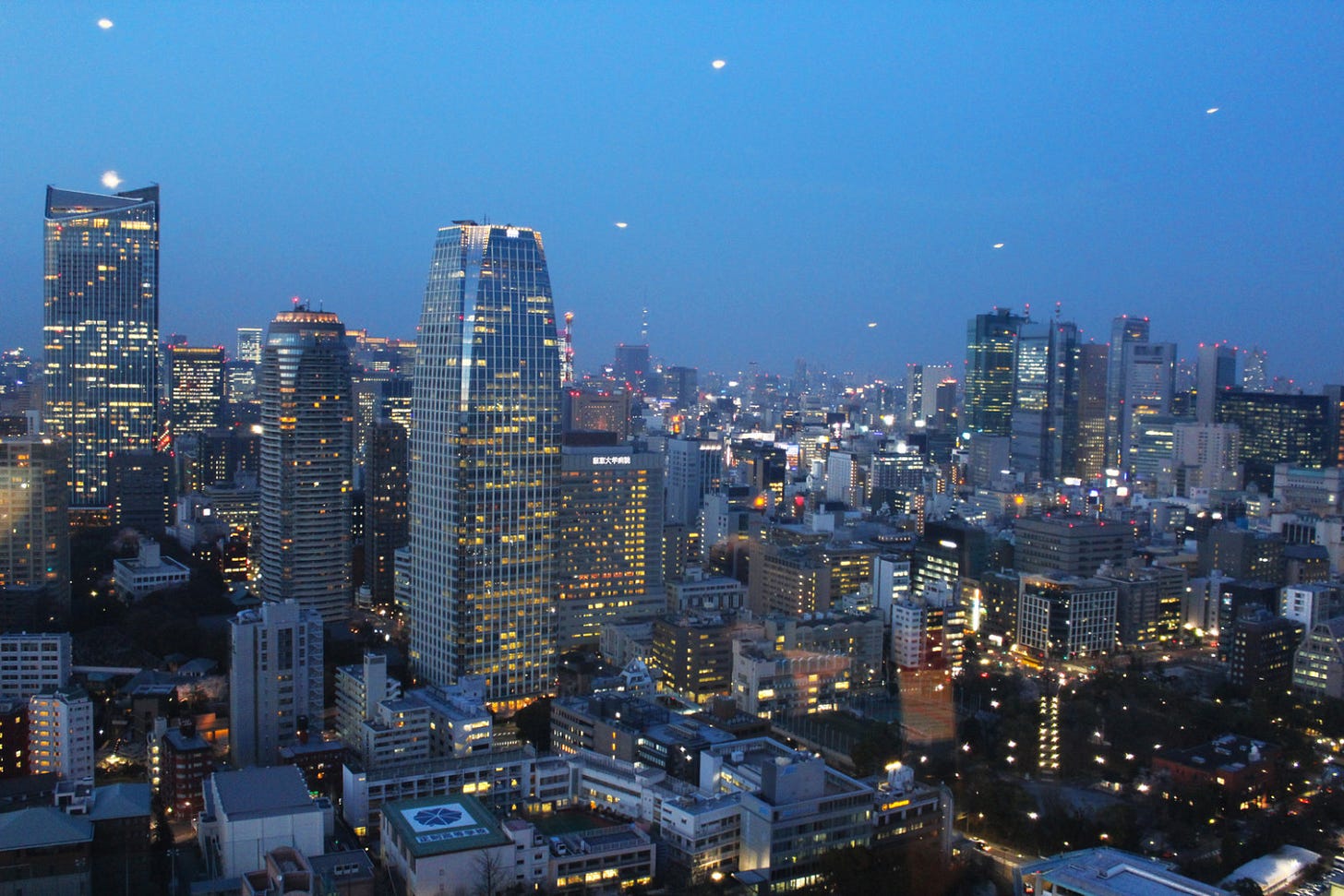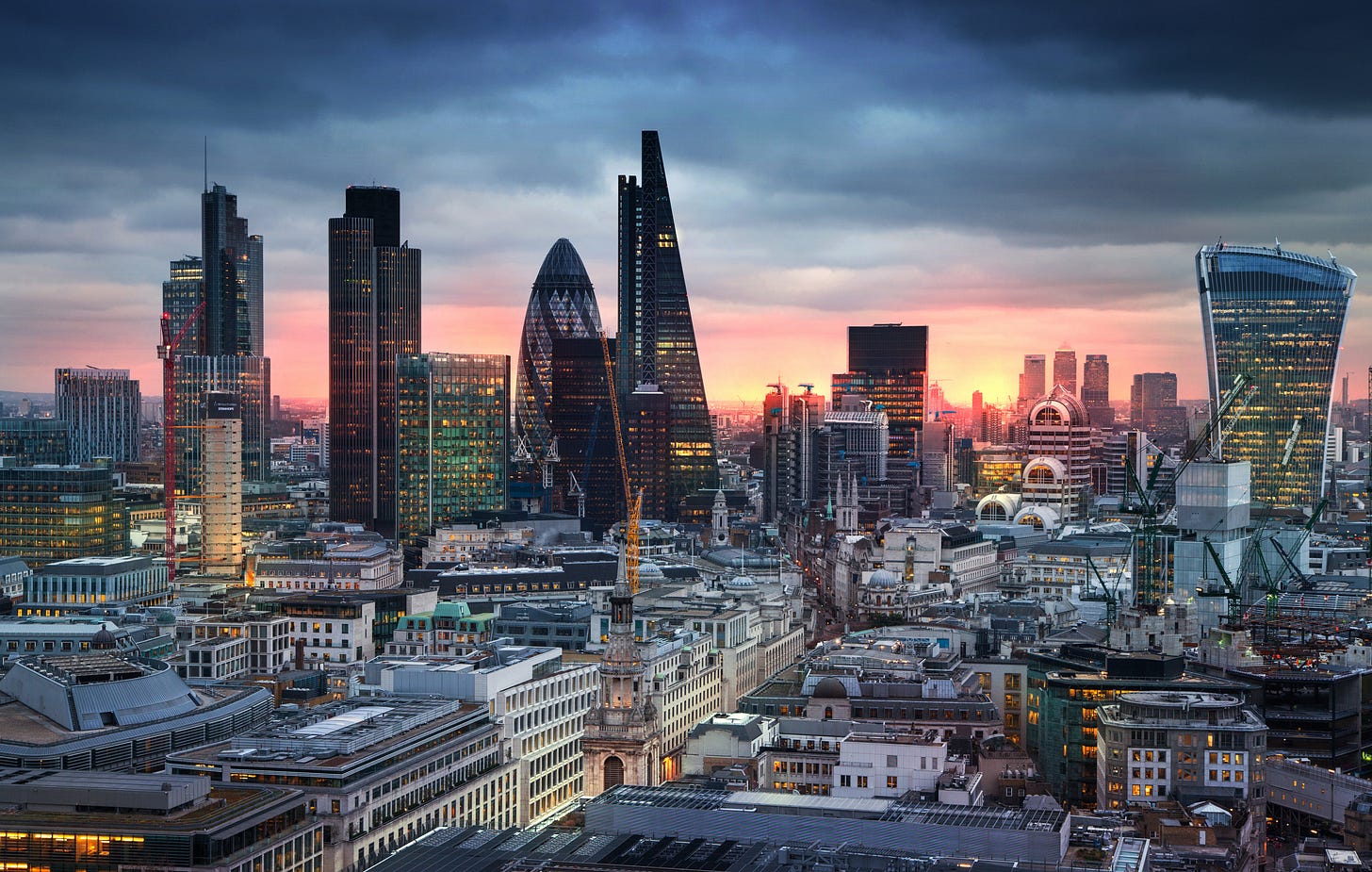Why does everything look so similar these days? You could argue that we’ve converged on a perfect solution for every one of our engineering problems. But, as I’ve mentioned before, I don’t think there really is a single, right answer for everyone in every situation. Your ideal solution depends on your values and background.
The easiest way to spot the globalization of design is to look at architecture. Different areas used to have very clearly differing styles, like these examples of Japanese and English architecture.


But now you’d be hard pressed to tell which skyline belongs to which city.


The first is Tokyo and the second London if you were wondering.
To me, the great loss is just how boring the world is if everyone thinks the same. These two cities have virtually identical buildings, despite having hugely different cultures and traditions. On top of that, they have pretty different climates. From a “rational” engineering perspective, I don’t see how buildings (which in my experience don’t migrate) aren’t hyper-specialized for that climate. In other words, is a tall, mostly glass tower with A/C really the ideal solution for every single big city in the word?
Here’s a few of the culprits that I think are to blame for this sameness of thought.
Traditional or natural materials are not really seen as viable options. Whittling down the tool chest of modern engineers just to a handful of acceptable options has stifled creativity.
Design is done by large groups of people for the most part. We get an average of a thousand opinions without individual brilliance (or stupidity) able to shine. From a viewpoint of being interesting, a failed idea by an individual with a fresh perspective will almost definitely win out over a groupthink solution that does its job.
Engineering education teaches only from select, modern examples. A wealth of interesting examples from the ancients, nature, and outside of the “western” world are ignored.
Use of the same tools (design programs, analysis software, 3D printers) to create.
We have had such a movement towards increasing diversity in STEM in terms of gender and race, which is great. But if we really care about diversity, we’d focus just as heavily on diversity of thought.


The sameness in construction might be more likely an example of developers being economically rational, than a lack of homage to local history & customs. In other words, probably glass and steel create practical structures, are easily obtainable in the global supply chain and are thus low-cost, and have enough strength etc. to suit the needs. Wheres for example a bamboo based building might not be able to be as tall, and thus use the land as efficiently.
When it comes to the A/C, 2 guesses:
1. Lack of disincentive against constructing structures that depend on HVAC to stay thermally optimal for workers (although counter-examples also exist - such as 7-star buildings)
2. HVAC creates more controlled conditions optimal for productivity, which leads to happy tenants. By way of counter-example: I've a friend who works in a 7-star building, and they've said that glare can be annoying from the lack of a covered roof as the building uses the sun to heat itself. Also, the breeze is occasionally annoying as the building automatically adjusts its ventilation to stay cool. So there are other quite sensible reasons to rely on HVAC.
All this is to say part of the reason construction has converged the world over is the similarity among human needs the world over.
Thanks for the great, thoughtful post - really got the brain juices flowing!